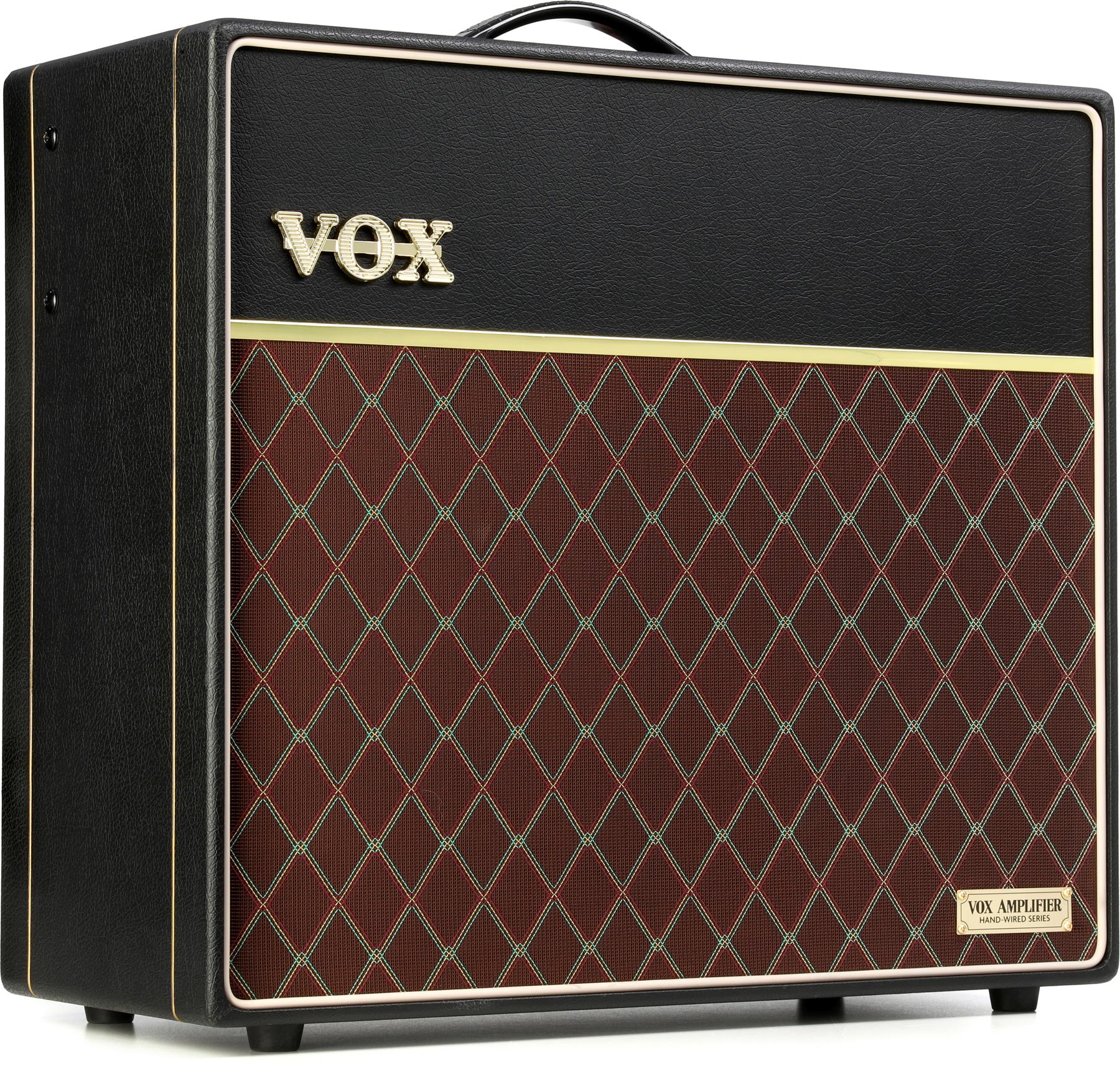Some things you can take at face value. Consider the Fish Circuits Lunatique fuzz. Fish’s choice of “Lunatique” as a name for this beguiling gated, ring-modulating, octave fuzz is not an empty promise. Many of the savage, spitty, crispy, crumbly sounds that emit from this unit sound like a little berserker wrestling bats in the belfry amid a swarm of bees.
But if tone madness is among Lunatique’s first orders of business, there are also many tones here that sound merely nuts rather than rabidly bonkers. The four simple controls interact in ways that produce unexpected, unique results, and its voices vary wildly depending on the pickups and guitars you pair it with and where you set your guitar’s tone and volume controls. For any player, producer, or recordist interested in fuzz’s potential beyond the same old beer-commercial hook or solo, the super-stylish Lunatique is a fun, intriguing alternative that has roots in mid-’60s tonalities and branches that spread much further.
Ground Control to Sonic Station
The Lunatique looks and feels awesome. The bright blue enclosure evokes the candy-store appeal of old Colorsound pedals, and I love the screen-printed metal control panel. The Lunatique has the comforting heft of vintage electronics, too. But while it might look like a space hog, the Lunatique is only about a 1/4" wider than a Boss pedal and about 30-percent longer. The control array looks simple, and for the most part it is. But unless you are unabashedly spontaneous and cool with mayhem and unknown outcomes, the chaos control demands a bit of study. It’s the key to the pedal’s multiple personalities.
Essentially, it enables you to dial in how much octave and ring modulation interacts with the fuzz circuit. As you add more octave, your guitar signal hits the fuzz circuit less hard, which also has the effect of activating the gate a little sooner. That control dynamic and the pedal’s response will find many mistaking the chaos control for a bias knob. The chaos pot also controls a low-pass filter, situated after the fuzz circuit, that cuts high frequencies as you turn it clockwise. In a basic sense, the left side of noon has little octave-up content, a heap of treble, and the fuzz is less likely to gate. On the right side of noon, you hear a lot of octave and ring modulation, the treble is less spiky, and the fuzz will gate a bit more. In the many overlapping layers of these effects, there are scores of fuzz colors to explore.
"In the Lunatique, neither gain mode is especially ‘nice.’"
A Balm for Option Fatigue
One of my favorite idiosyncrasies in the Lunatique’s design are the 2-position Fuzz and Body switches which take the place of the variable knobs most builders would use for gain and tone. According to Mike Poisson (the big fish, if you will, behind the Lunatique), this was partly the product of aesthetic concerns—a preference for switches where possible rather than a clutter of knobs. But in the case of the gain switch, the two positions represent specific gain levels that felt and sounded right to Poisson. He found that a rotary knob offered little additional nuance. And personally, I wasn’t left wanting for additional levels other than the two provided here. It’s an interesting, effective solution.
Those familiar with Fish Circuit’s Model One overdrive will find parallels with that pedal’s “nice” and “nasty” modes. Though in the Lunatique, neither gain mode is especially nice. Both bristle with attitude and a punky, feral mid-’60s personality. In the lower-gain setting and in the thinner body mode, the fuzz tends to sound ferocious without feeling dominating. It’ll slot easily into a distinctive place in most mixes and offers cool contrast for tasks like doubling bass riffs. Garage-psych nuts that quest for the gnarliest lo-fi fuzz tones from the deepest recesses of the Pebbles compilation LPs will be in heaven too.
In the full-body mode, the pedal is arguably at its most conventional. Single-note lines sound fat and complex, if spitty. Fleet-fingered solos that don’t leave space for the splintered decay artifacts you hear in more spacious contexts, benefit from the sharp, defined attack and less corpulent, overtone-rich sustain, which lends clarity to otherwise filthy melodic leads. Punky power chords also benefit from the tighter decay and can sound powerful, extremely focused, and very much in their own lane in a mix. I would love to record a really nasty garage-hardcore record with this sound.
At most settings, pitch irregularities—even those from finger vibrato—will cause the signal to fracture and crumble sooner. On the other hand, minimizing vibrato lends many tones an almost synth-like linearity that sounds pretty cool in contexts apart from traditional rock guitar, particularly when you add volume swells. Such sounds can be spooky and alien stuff, particularly with modulation effects. Oh, and it bears keeping in mind that the Lunatique will get loud. There’s no shortage of volume ceiling here.
The Verdict
As I said at the top, “Lunatique” is a fair representation of what this fuzz is and does. By no means will it be every player’s bag, and the reader should take my relatively enthused scores with a grain of salt (I like chaos). But players that like the attitude of a Jordan Boss Tone, Maestro FZ-1, or Mosrite Fuzzrite yet are weary of canonical sounds, and who prefer more tunability, more surprises, and more distinctive tones will savor the way the interactive controls for this unique circuit can mutate and recast the mid-’60s fuzz template. That it’s a truly beautiful little pedal, too, only enhances its wild appeal.



















